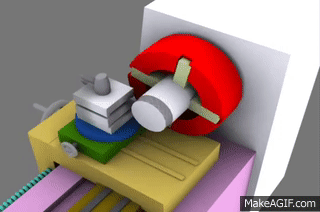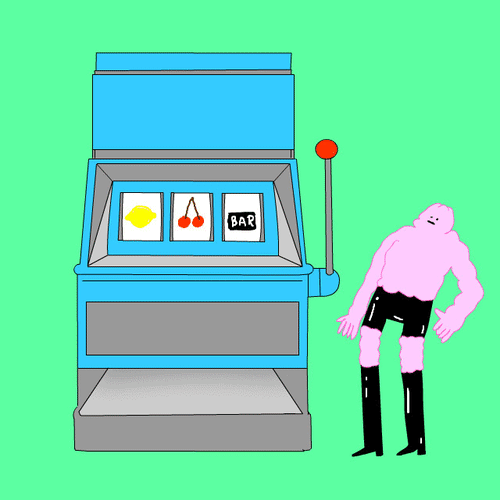ASSISTANT TRAINING OFFICER,GOVERNMENT INDUSTRIAL TRAINING INSTITUTE, TRICHY-620014,
Monday, June 22, 2020
Saturday, June 20, 2020
HISTORY OF LATHE MACHINE
One of the first lathes in the UK was the Horizontal Boring Machine that was installed by Jan Verbruggen in 1772 in the Royal Arsenal in Woolwich.During the Industrial Revolution, mechanized power generated by water wheels or steam engines was transmitted to the lathe via line shafting, allowing faster and easier work.
A lathe is a machine tool which rotates the work-piece on its axis to perform various operations such as cutting, sanding, drilling, or deformation, facing, turning, with tools that are applied to the work-piece to create an object which has symmetry about an axis of rotation.
The lathe is an ancient tool, dating at least to ancient Egypt and known and used in Assyria and ancient Greece.
Ancient Rome improved the Egyptian design with the addition of a turning bow. In the Middle Ages a pedal replaced hand-operated turning, freeing both the craftsman’s hands to hold the woodturning tools. The pedal was usually connected to a pole, often a straight-grained sapling. The system today is called the “spring pole” lathe. Spring pole lathes were in common use into the early 20th century.
One of the first lathes in the UK was the Horizontal Boring Machine that was installed by Jan Verbruggen in 1772 in the Royal Arsenal in Woolwich. It was horse-powered and allowed for the production of much more accurate and stronger cannon used with success in the American Revolutionary War late 18th century. One of the key characteristics of this Boring Machine was that the workpiece was turning as opposed to the tool making it technically a lathe. Henry Maudslay who later developed many improvements to the lathe worked at the Royal Arsenal from 1783 being exposed to this machine in the Verbruggen workshop.
Between the late 19th and mid-20th centuries, individual electric motors at each lathe replaced line shafting as the power source. Beginning in the 1950s, servomechanism were applied to the control of lathes and other machine tools via numerical control, which often was coupled with computers to yield computerized numerical control. Today manually controlled and CNC lathes coexist in the manufacturing industries.
Wednesday, June 17, 2020
POWER POINT PRESENTATION
LATHE ATTACHMENT
JIG AND FIXTURE
TYPES OF VERNIER CALIPER
TYPES OF MICROW METER
SINE BAR
SCREW PITCH GAUGE
COMBINATION SET
Subscribe to:
Comments (Atom)





